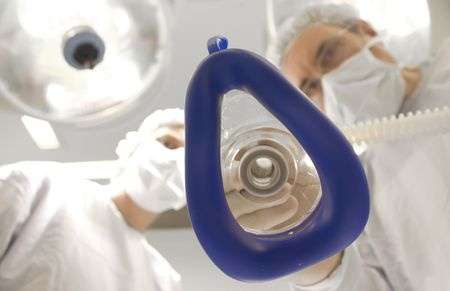Anesthesia for Pain Relief

This type of regional anesthesia involves injecting a local anesthetic into the vagina where the pudendal nerves are located to reduce pain in the vagina and perineum. The pudendal needle is quite long and thick, so before the injection is given, a cold anesthetic spray is applied to the area. The anesthetic has no effect on the baby and can be used with other medications. It takes effect very quickly and is sometimes used just before birth to aid an assisted forceps delivery.
Most cesareans are conducted using regional anesthesia. However, in some cases general anesthesia, where the mother is put to sleep, is necessary. This may be because of a failure of regional anesthesia, blood-clotting problems in the mother, an infection in the mother's bloodstream, or persistent fetal distress.
The procedure
Precautions are taken to minimize the risks to you and your baby. You'll be given an antacid to reduce stomach acid. Often a catheter is inserted into the bladder and antiseptic is applied to the abdomen before you're put to sleep to minimize the baby's exposure to the anesthetic.
As the mother is put to sleep, a face mask is held tightly over her nose and mouth. Because a major risk during general anesthesia is undigested food or liquids in the stomach re-entering the mouth and going into the lungs (which can cause damage) you'll likely be told not to eat or drink anything once labor begins (because labor usually slows digestion), in case you need general anesthesia. You may be able to have ice chips, though. Once asleep, an anesthesiologist inserts a tube through your mouth and down your throat so that oxygen can easily reach your lungs. You may therefore have a sore throat when you wake up.
During the surgery the anesthesiologist cares for the mother, giving painkillers and anti-nausea medicine when needed. The baby is cared for by the doctor. Depending on hospital procedure, your partner may or may not be present for the birth. However, no hospitals allow the partner to be present while the mother is being put to sleep.
After the surgery
The procedure takes about an hour. The mother is woken 5-10 minutes after the surgery. The baby is kept with the mother at all times unless he needs extra care.
Since general anesthesia doesn't give localized pain relief, it's normal to need pain relief afterward. Oral medicine will be given regularly and morphine-based medication may be given for a day or two.